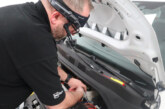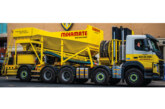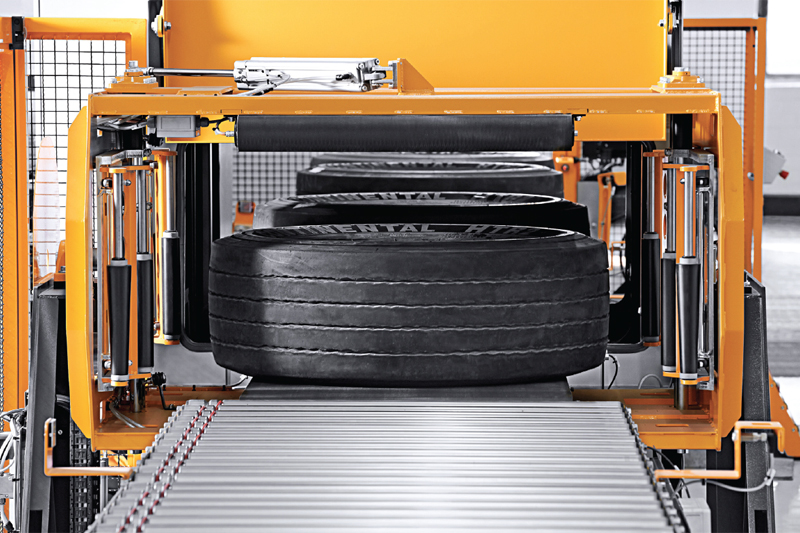
Tony Mailling, head of hot retread production at Bandvulc, reckons that retreads are unfairly seen as poor relations to new tyres and seeks to put the record straight.
What’s the first thing that comes to mind when you think of retreaded tyres? You might automatically associate retreads with being cheaper than the equivalent new tyre. Or you may focus on their role in reducing rubber waste.
Unfortunately, one often encounters a misguided perception that retreads are somehow a poorer relation to box-fresh tyres. There’s a view that they’re just a cheaper option to reduce fleet costs. The reality couldn’t be further from the truth. While retread tyres often retail at a lower price than their brand-new counterparts, their reduced cost does not translate into a lack of quality or innovation.
What’s involved in retreading
There are two main types of retreading – hot and cold. Both methods offer different advantages to the customer. Cold retreading involves the application of a new patterned tread onto a buffed casing. This allows for a wide selection of tread designs to be applied.
Hot retreading, on the other hand, has a lot in common with the production of new tyres. The casing is stripped, and the carcass is retreaded from bead to bead using the same profiles and rubber mixtures found in a factory-fresh tyre. This method allows the sidewalls to be renewed and maintains its ability to be regrooved – but more on that later.
As you might expect given the processes mentioned above, the research, development and engineering involved in delivering a new retreaded tyre is exhaustive.
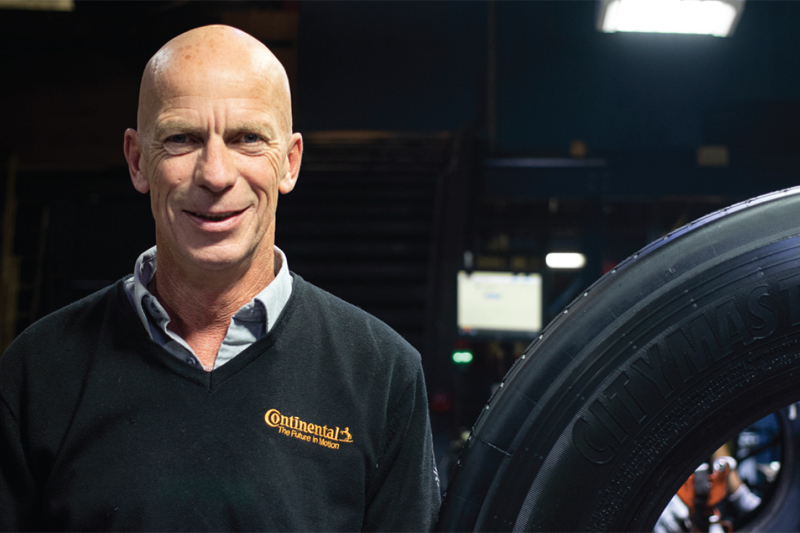
Setting the standard
A well-designed, well-made retreaded tyre should be indistinguishable from new rubber. Retreading is actually a highly regulated industry with safety and durability at its core. Though every manufacturer is different, all will conform to the UN’s ECE Regulation 109, which ensures that the performance, dimensions and tyre sidewall markings are similar to those of a brand-new tyre.
At the leading proprietary plants, high standards of production are assured by the use of ISO auditing criteria. By using an internationally recognised quality management accreditation, the production of a consistent product is ensured.
Dispelling any fears about the safety or longevity of a retread tyre comes from ensuring that the donor casing is fit for reuse. Tyre retreaders have expert teams tasked with inspecting each tyre by hand. As it’s impossible to see any issues lurking under the surface, shearography is used. This works like a tyre ultrasound to analyse the core structure. If a problem is found, the tyre will be rejected and recycled, rather than retreaded.
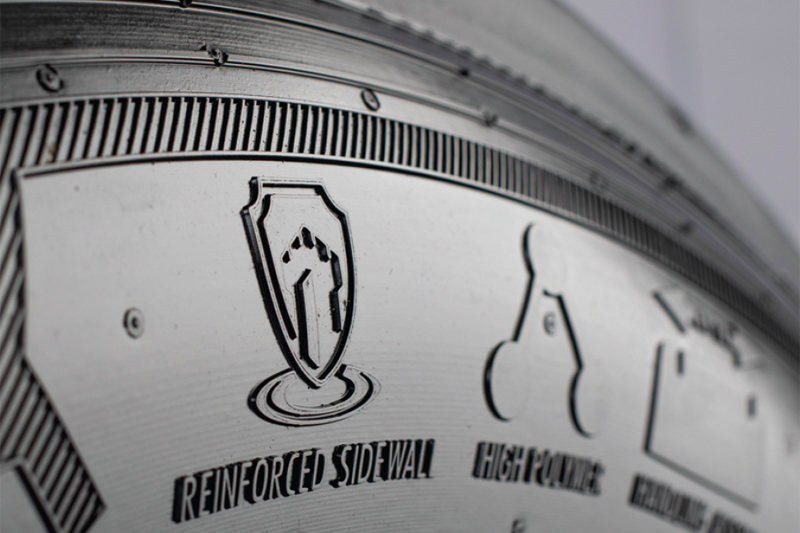
A greener choice
When it comes to sustainability, retread tyres stand head and shoulders above new rubber. It’s an important consideration for fleet operators, many of whom are becoming increasingly aware of their environmental overheads.
Retread production uses less energy than new tyre manufacturing and requires fewer raw materials, too. Although I can’t speak for our competitors, we only use on average 20% of the comparative resources to make our products.
One of the reasons is that the casing, which is constructed using steel, is reused. Steel manufacturing is an energy-intensive operation and contributes significantly to a tyre’s environmental impact. As there’s no need to add any new steel in the retreading process, a major contributor to the overall emissions is avoided.
Even the discarded rubber crumb produced when preparing a tyre for retreading is incorporated into the formula for the new compound. Disused rubber is recycled and will often find its way into the likes of playground matting and carpet underlay. The environmental benefit of retreading doesn’t end once a tyre has left the plant, either. If it has been produced by the hot retread method, the operator can in most cases regroove their tyre, extending the life even further. In practice, that means that one casing can feasibly have at least four service lives.
Next time you’re reviewing your tyre policy, spare a thought for the retread. They more than deserve our respect.
Tyre choice
Bandvulc retread ranges are its own designs, brought to market using its own in-house formulated rubber compound. Sister company ContiRe’s tyres, on the other hand, are designed to be identical to its newly made siblings.

